Naturevore: FLORIDA FORAGING Walk #1 (Oct. 20): Greenbrier & HUGE STINKVINE!
Collin Gow, C.N.C. goes foraging for wild edibles in Florida with his son August. Together they find greenbrier/bullbrier leaves and fruits, usnea, grape leaves, caesarweed, beautyberry, stinkvine, Spanish moss, a yellow mystery mushroom, reindeer moss, winged sumac, blueberry bushes, an old mystery mushroom, pine cones, a pink mystery flower, acorns, ferns, gotu kola, dog fennel, peelbark St. John's wort, goldenrod, and West Indian chickweed. Identification, morphology, phenology, nutrition, biological actions, pharmacognosy, mycology, zoopharmacognosy, Native American, and ethnomedicinal uses are casually discussed.
Website:
collingowcnc.wixsite.com/collingowcnc
Disclaimer:
This video is for educational purposes only. The information herein is not an attempt to treat, diagnose, prevent, or cure any disease or condition. Talk to your doctor before making any changes. It is best to forage as far away from cities and industrial activity as possible due to some species accumulating pollutants (especially lichens and mushrooms). Always seek out a local expert to confirm the identity of a wild species before consuming it. Be especially careful to correctly identify mushrooms. It has been estimated that 79–83% of mushroom species are inedible/poisonous and 99.8–99.9% of fungi are inedible/poisonous. If eating any wild species, always start with only a very small amount to be safe. Collin and/or August are not responsible or liable for any harm that comes from eating any wild species.
-
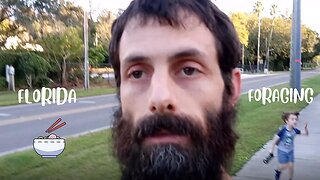 17:54
17:54
NATUREVORE
1 year agoNaturevore: FLORIDA FORAGING Walk #2 (Oct. 23): Urban PHOrage & TEA TREE!
18 -
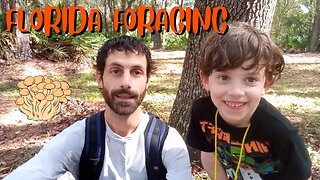 23:59
23:59
NATUREVORE
1 year agoNaturevore: FLORIDA FORAGING Walk #3 (Oct. 30): RINGLESS HONEY Halloween!
15 -
 1:25:54
1:25:54
BoutenkoFIlms
1 year agoPacific Northwest Forest Foraging with Sergei Boutenko
133 -
 34:34
34:34
MushroomWonderland
1 year agoWild Mushroom Identification Walk, Mid May 2023
87 -
 4:48
4:48
foragingtruth
1 year agoLive Bait Fishing | Cut Bait for Catfish | Creek Chub and Fall Fish for Catfishing
66 -
 16:23
16:23
MushroomWonderland
2 years agoWild Mushroom Walk; Identifying wild mushrooms: Candy caps, cats tongue, laccaria, russula, dyers
11 -
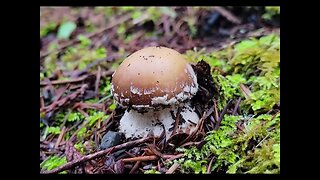 33:23
33:23
MushroomWonderland
2 years agoJanuary Mushroom Foraging
32 -
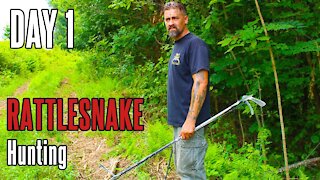 3:32
3:32
foragingtruth
2 years agoRattlesnake Hunt: Day 1 | Eastern timber rattler | Venomous Snake | Foraging in Appalachia
72 -
 6:15
6:15
WilderNest
1 year agoFall Mushroom Hunt & Nature walk: Foraging for Maitake aka Hen of the Woods
11 -
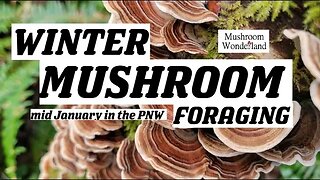 19:10
19:10
MushroomWonderland
2 years agoWINTER MUSHROOM FORAGING- mid January mushroom identification in the Pacific Northwest
38